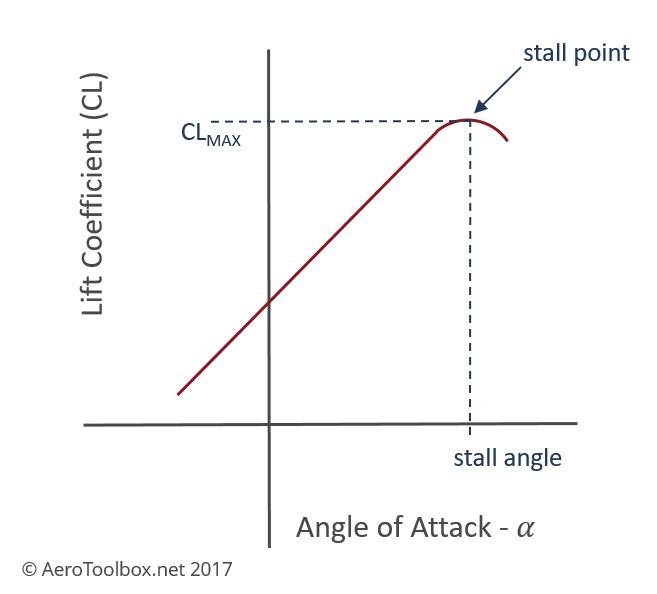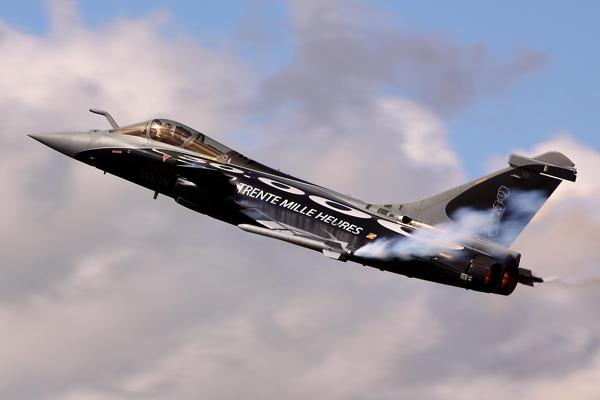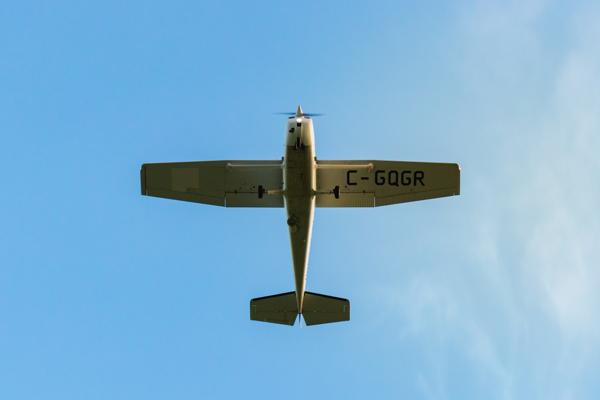Angle of attack refers to the angle between a reference line on a body and the vector representing the relative motion between the body and the fluid through which it is moving.
It is most often used in an aeronautical context to describe the angle between the chordline of an airfoil and the relative wind or resultant direction of airflow. In cases where a wing has twist, it is often taken as the angle between the chordline at the wing root and the relative wind.

The relationship between the angle of attack of an airfoil and the resulting lift coefficient is of fundamental importance to an aircraft designer. Increasing the angle of attack provides an increase in the lift coefficient up to a critical angle called stall. Once the stall angle is reached, the air flowing over the wing is unable to follow the airfoil contour, and instead separates, which results in the wing stalling and a subsequent drop in the lift coefficient is seen.

The speed at which a particular aircraft will stall is a function of the weight of the aircraft, the load factor and the location of the centre of gravity. However, the aircraft will always stall at the same angle of attack as this is a function of the geometry of the aircraft and not the speed at which it is flying.

You can read further about the design of a wing in Part 3 of the Fundamentals of Aircraft Design Series.






